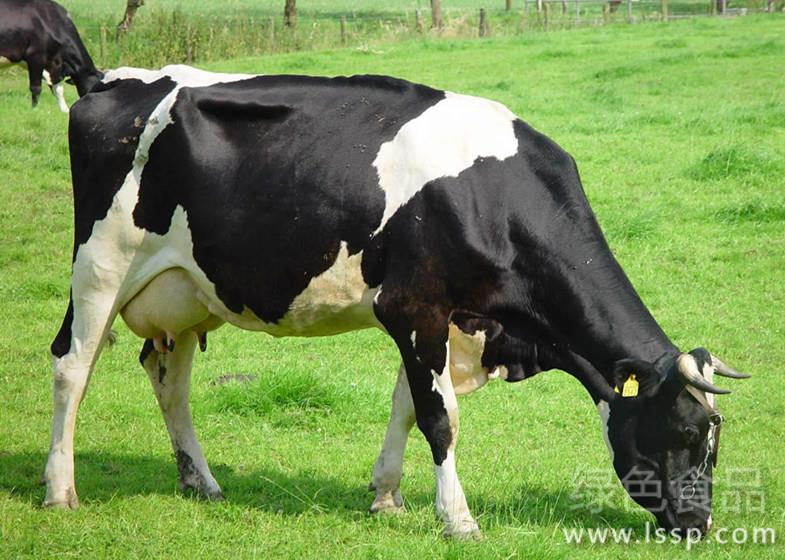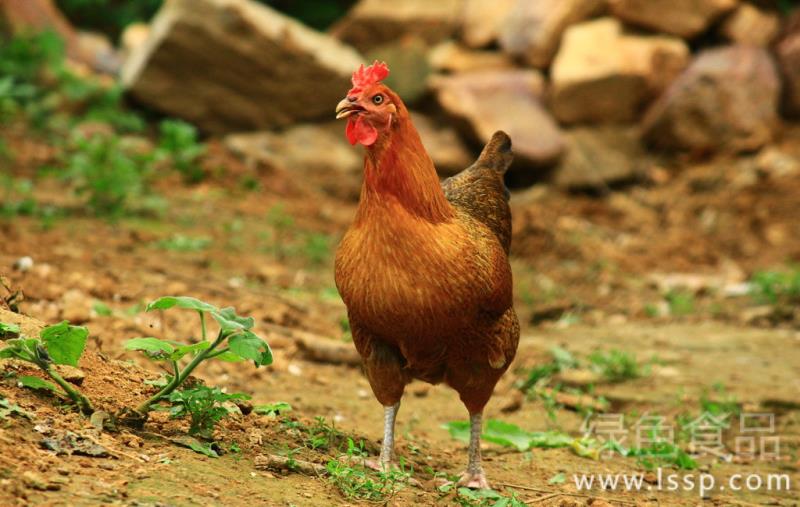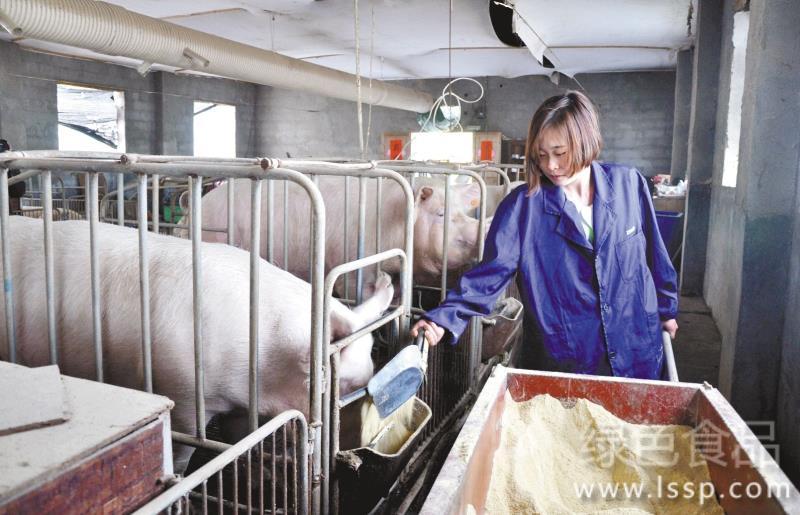How to feed metamorphic bacteria in summer to raise dairy cows in summer
The most suitable growth temperature for dairy cows is 4Mel 24 ℃. High temperature in summer is the exuberant season for microbial reproduction, grass is difficult to keep fresh, green feed and hay are easy to mildew and deteriorate, cows are prone to mold poisoning or digestive diseases, so it is said that it is difficult to raise dairy cows in summer. However, as long as proper measures are taken, cows are still easy to raise in summer.

Cow
1. Adjust the temperature in the house: when the temperature is high, open the doors and windows of the barn to increase air flow; then use well water to flush the cow feed trough, dung ditch and walls; install electric fans to evacuate the cattle, the distance between the cowbeds is greater than 120cm, and give the cows a direct shower to absorb body heat and cool down to relieve summer heat.
two。 Pay attention to reduce the humidity: the barn is dry, no stagnant water, and good ventilation. The relative humidity at the barn and tied cattle is below 80%.
3. Adjust dietary nutrition: green fodder and concentrate should be "less but fine", that is to say, the energy and crude protein in the feed should be more, but not too high, and there is a certain amount of crude fiber. The amount of concentrate feed is increased by 20% in summer, such as bean cake accounts for 20% of concentrate feed, and it can be increased to 25% and 30% in summer.
4. Improve the feeding method: increase the feeding times appropriately, or supplement at night, or change the concentrate to porridge, which can make up for the lack of food intake caused by high temperature anorexia and increase milk yield.
5. Supply enough cool drinking water: insufficient drinking water for cows will reduce their appetite, not only affect milk production, but also dry the mucous membrane of cows and reduce their disease resistance. Long-term lack of drinking water, dairy cows metabolic disorder, serious death. The amount of drinking water of milking cows can be supplied by 5 times the daily milk yield, and the cows can drink freely in summer.
6. Build Arbor shade: hot summer, anti-direct sunlight, cows can be transferred to the Arbor. The ideal Arbor is long from east to west, short from north to south, with a single slope top, low in the south and high in the north, and the shed is 2.8 m high. The ventilation around it is good enough to form a cross-hall wind to reduce the temperature of the barn. Cows can also be tied in the shade.
7. Do a good job in environmental sanitation: the temperature in summer is high, and the growth and reproduction of harmful bacteria are more active. therefore, we should do a good job in environmental hygiene and strengthen the prevention and control of epidemic diseases. Before feeding and milking, wash the cow with cold water. For individual cows that are afraid of heat, wash the head and chest with cold water, which can not only cool down, but also maintain hygiene. The feces are removed in time, and the cowshed is disinfected with 5% Lysol or 2% sodium hydroxide solution once a week, and some plant ash and lime powder can also be sprinkled to disinfect, deodorize, remove moisture and reduce disease.
8. Prevent mosquito and fly interference: mosquitoes and flies and other pests in summer, bite cows, interfere with cow rest, bad for cow milk production, but also spread diseases. The barn can be sprayed with mosquito repellent solution to eliminate mosquitoes and flies and make cows have a comfortable living environment.
- Prev

How to increase the feed intake of broilers with less food intake and poor disease resistance in summer
How to increase the feed intake of broilers with less food intake and poor disease resistance in summer
- Next

Three key measures for raising pigs in summer with less food intake and poor disease resistance
Three key measures for raising pigs in summer with less food intake and poor disease resistance
Related
- On the eggshell is a badge full of pride. British Poultry Egg Market and Consumer observation
- British study: 72% of Britons are willing to buy native eggs raised by insects
- Guidelines for friendly egg production revised the increase of space in chicken sheds can not be forced to change feathers and lay eggs.
- Risk of delay in customs clearance Australia suspends lobster exports to China
- Pig semen-the Vector of virus Transmission (4)
- Pig semen-the Vector of virus Transmission (3)
- Five common causes of difficult control of classical swine fever in clinic and their countermeasures
- Foot-and-mouth disease is the most effective way to prevent it!
- PED is the number one killer of piglets and has to be guarded against in autumn and winter.
- What is "yellow fat pig"? Have you ever heard the pig collector talk about "yellow fat pig"?

